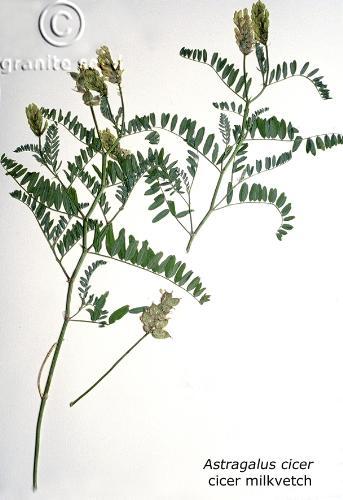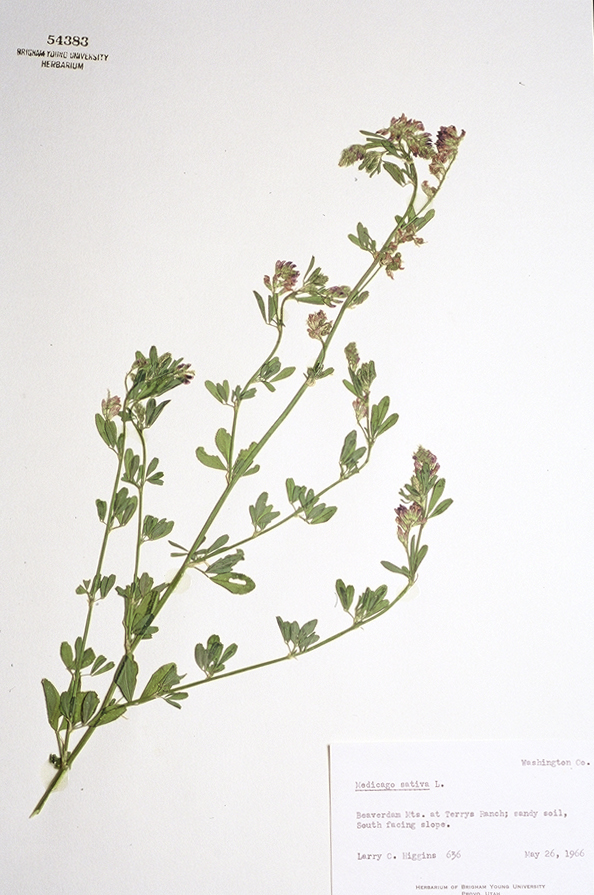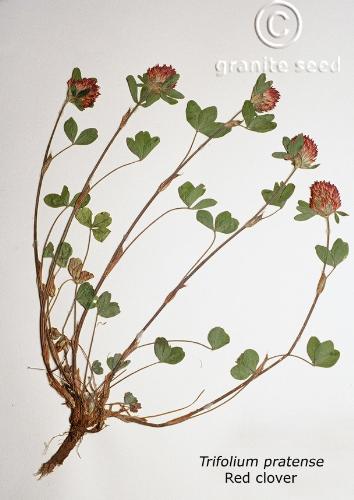What Are Legumes? A legume is a plant that is a member of the pea family (Fabaceae). You can think of them as any plant with pods that carry seeds – and there are more than 16,000 legume species.
They are grown primarily for human consumption (as a great source of protein) but are also food for livestock and green manure that can enhance the soil.
A legume pod typically consists of two halves with the seeds inside. They come in a variety of shapes and sizes, but the majority of pods are long and narrow with their seeds in one single line.
The perfect example of this is the green pea.
But legumes are more than just calories for humans or livestock. There are a few other important things a legume plant can do.
Have you heard of nitrogen fixation? Nitrogen is essential to life on earth, but it’s not easy to get inside our bodies. Legumes provide essential doses of nitrogen – which keeps our bodies running at maximum efficiency. Plus, the nitrogen in the roots of legume plants helps replenish the soil, which can help with plant growth, plant health, soil fertility, and revegetation efforts.
But with thousands of different legumes out there, it could be quite difficult to find the right ones to help your soil.
To help you navigate this effort, we’ve put together a quick list of the main groups and varieties that Granite Seed has to offer! But before that, let’s talk a bit more about the different types of legumes and what you can expect.
Legumes have two classifications: grain and forage.
Grain legumes are the ones you are more familiar with. They are grown as a source of food and include green beans, lima beans, snow peas, and even peanuts.
Forage legumes don’t typically make it to your dinner table, but they are great as food for livestock. The primary plants are Alfalfa, Birdsfoot trefoil, and White clover.
You can also divide legumes by seasonality – or when they grow and flower best.
Alfalfa, for example, which is also known as lucerne or Medicago sativa, is recommended for fall planting schedules if you live in a region with a warm or mild climate. If you are in a cooler climate, however, planting in the spring is best.
If you are growing peas, whether it’s snow peas, green peas, or anything in between, it is recommended to plant during spring and summer – as it is better for peas to grow in a warmer climate.
The same is true for most legume plants. They all need a bit of warmth and sunlight to grow into high-quality plants.
All of this is important to consider before you plant legumes – as the wrong plant might stifle future growth or revegetation efforts.
But now that you’re aware of what to look for, let’s talk about some of the different legume seeds you can buy through Granite Seed to help your soil.
Granite Seed features nearly two dozen legume plants and seeds, all of which are designed to aid in keeping your livestock fed and plants healthy. If you are looking for help regarding pasture and hay, wildlife food plots, pollinator forage, cover cropping, green manure, or erosion control, you can find whatever you need.
Here’s a list of all the legumes we feature (and what they’re good for!):
Cicer Milkvetch – Very useful for reclamation and erosion control. May be slow to grow/establish but does well in cold temperature and droughts.
Birdsfoot Trefoil – Great for forage and erosion control. Fairly easy to grow/establish. Can tolerate acid, wet or poorly drained soils, and stands well against cold temperatures.
Alfalfa – An easy to establish perennial that’s useful for pasture and revegetation. Does well in droughts. There are many improved varieties of Alfalfa, including Ladak, Ranger, Rhizoma, Vernal, and more.
Falcata Alfalfa – Very good variety for feeding livestock, erosion control, or reclamation. Fairly easy to grow/establish and both cold and drought tolerant
White and Yellow Sweet Clover – Easy to establish perennials that are drought tolerant and cold hardy. Very useful for reclamation of disturbed lands.
Sainfoin – A popular non-bloat forage alternative to alfalfa that is very palatable and nutritious for livestock. Can even be used for habitat enhancement and wildlife food plots.
Strawberry Clover – An easily established perennial that is good for erosion control, pasture, and green manure. Can tolerate wet saline and alkaline soils. Very good at withstanding floods. Both hardy and non-hardy varieties available.
Rose Clover – A winter growing annual mostly used in the southwest. Great for pasture as it is highly nutritious and palatable for livestock.
Alsike Clover – A somewhat easy to establish perennial (short-lived) that is good for pasture and revegetation. Does not do well in acidic soils, but can tolerate cold temperatures.
Red Clover – A short-lived perennial that is easy to establish. Mostly used in pasture and as a rotation crop. Can tolerate cold temperatures, but not acidic soils. Adapts well in cool, moist lands.
White Dutch Clover – An easy to establish perennial similar to Red clover, in that it is cold hardy and can adapt to cool, moist lands. It can, however, tolerate acidic soils better.
American Vetch – Very useful for feeding livestock and even wildlife as it is very palatable. Easy to grow as it only requires moderate watering.
Hairy Vetch – A short-lived perennial that is great for feeding livestock as it is highly nutritious and palatable. Can also be used for green manure, pasture, and cover cropping. Adapts well in low fertility soils, but not in poorly drained sites.
Granite Seed has been helping people like you with pastures, yards, and reclamation efforts for over 30 years. With our expertise guiding you, you can’t go wrong.
You can check out more legumes and other plant seeds on our products page, or get in touch with us to learn more about how to start your next project. You won’t regret it!






































Contact us our experts are available to help with your reclamation, erosion control, turf and native seed projects.
CONTACT US